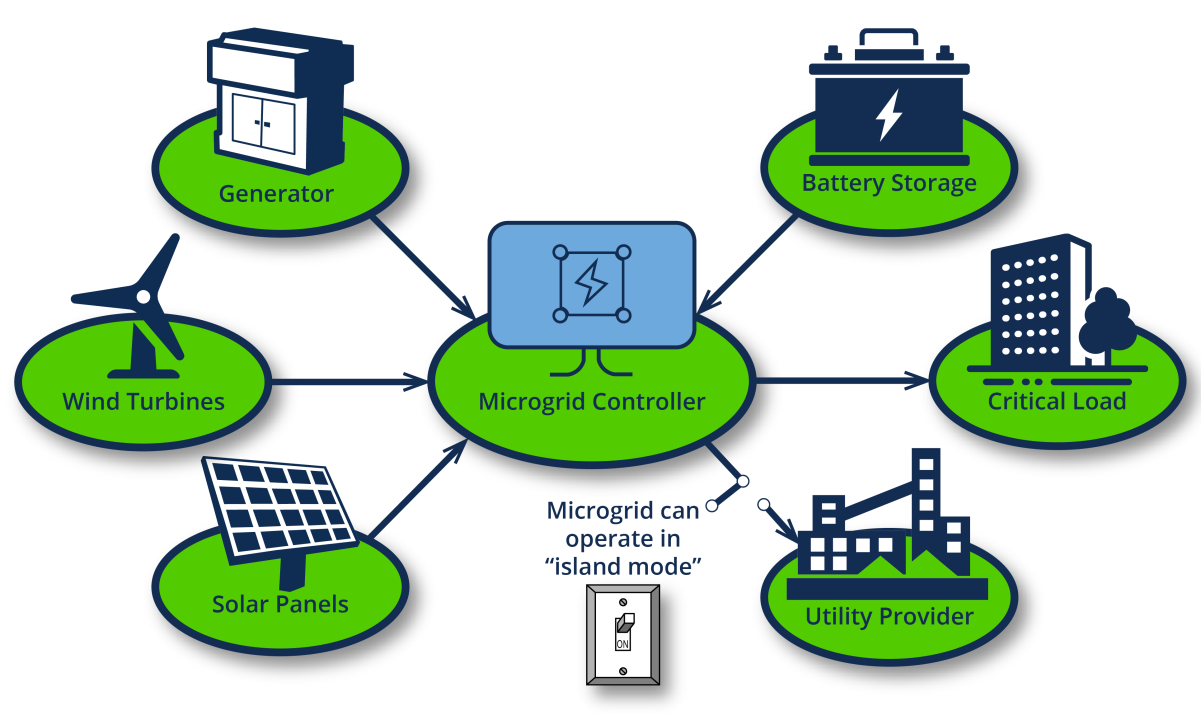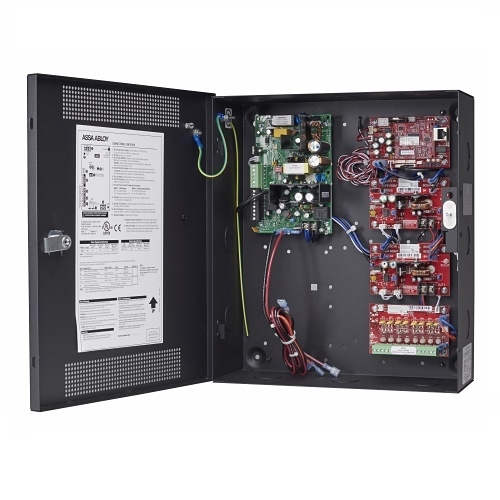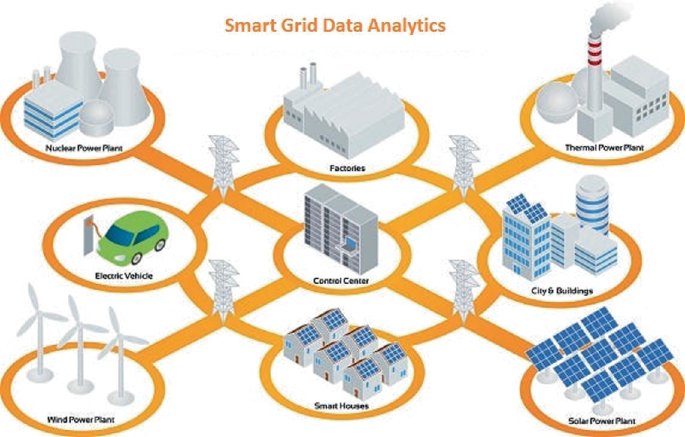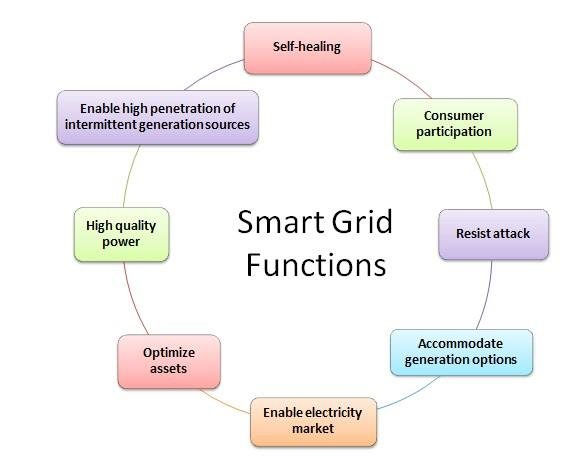Introduction
A smart grid integrates power systems with information and communication technologies to enable safe, stable, and efficient grid operation while supporting sustainable energy and new energy uses. It transforms traditional one-way energy supply into a bidirectional, interactive supply-and-demand model through real-time control of energy generation, storage, and consumption. By applying artificial intelligence, big data, and the Internet of Things, smart grids enable intelligent coordination, interaction, management, and monitoring of diverse energy sources, improving overall grid efficiency, stability, and security.
How Smart Grids Work
- Intelligent energy production: Systems and devices monitor energy production and use, adjusting grid operation in real time to optimize collection, distribution, generation, consumption, and storage.
- Communication and information technology: Real-time communication and information processing enable remote control, large-scale data collection and analysis, and support decision-making, planning, and forecasting.
- Clean energy integration: Smart grids deploy devices that facilitate renewable energy use and support multiple energy storage technologies to promote sustainable energy utilization.
Features of Smart Grids
Smart grids are key infrastructure for smart cities and exhibit the following technical characteristics:
- Networked: They interconnect devices, systems, and data sources, enabling efficient flows of information, energy, and logistics.
- Intelligent: Advanced algorithms enable data analytics, adaptive control, and optimization for programmability, automation, and autonomous operation.
- Diverse: They integrate multiple power sources and loads, such as distributed generation, solar, and wind, to meet varied supply requirements.
- Meshed: Multi-layer, multi-function grid topologies enable interconnection among different energy types, loads, and regions.
- Interactive: Continuous data exchange and sharing support coordinated, feedback-driven control and improved system efficiency and reliability.
- Secure and reliable: Multi-level protection, redundancy, and robust security measures are used to ensure system safety and reliability.
- Sustainable: Energy-efficient and environmentally conscious practices optimize production and consumption structures to support sustainability goals.
Wiring Requirements for Smart Grids
Wiring for smart grids differs from traditional grid wiring and should address the following technical requirements:
- Communication network needs: The grid must connect to communication networks for device monitoring, control, and data transfer. Communication cabling should support high speed, high bandwidth, and low bit error rates. Network reliability, security, stability, and scalability must be ensured.
- Reliability requirements: High system reliability requires wiring designs that incorporate fault tolerance and redundancy so the system can continue operating despite single-point failures.
- Electromagnetic interference mitigation: High-frequency devices and sensors in the grid are susceptible to electrical noise and electromagnetic interference. Wiring should use anti-interference techniques and materials, proper shielding, and routing strategies to preserve signal integrity and reliability.
- Flexibility requirements: Smart grids often need reconfiguration and integration of new devices. Cabling systems should be flexible and modular to accommodate frequent changes and movement.
- Safety protection: Wiring routes and installations must consider safety, include adequate protective devices, and prevent personal injury and equipment damage from improper operation.
Wiring Considerations and Best Practices
The following points should be considered when planning and installing smart grid wiring:
- Integrate wiring with sensors: Plan wiring routes according to sensor locations and connection methods to achieve optimal measurement and monitoring performance.
- Minimize electromagnetic interference: Use proper shielding, grounding, separation of power and signal cables, and other EMC practices to prevent interference with sensor and control signals.
- Ensure data transmission quality: Design the network and cabling to meet bandwidth, latency, and error-rate requirements so that data between devices is transmitted accurately and reliably.
- Improve electrical environment: Reduce noise and electromagnetic emissions and apply filtering or conditioning measures to maintain long-term equipment stability and reliability.
- Comply with safety standards: Follow applicable national safety standards and electrical safety regulations. Use proper wiring practices and protective devices to prevent electrical accidents.
Effective smart grid wiring requires comprehensive planning, appropriate equipment selection, and, where necessary, professional tools and technical support to ensure wiring quality and system stability during operation.
 ALLPCB
ALLPCB








